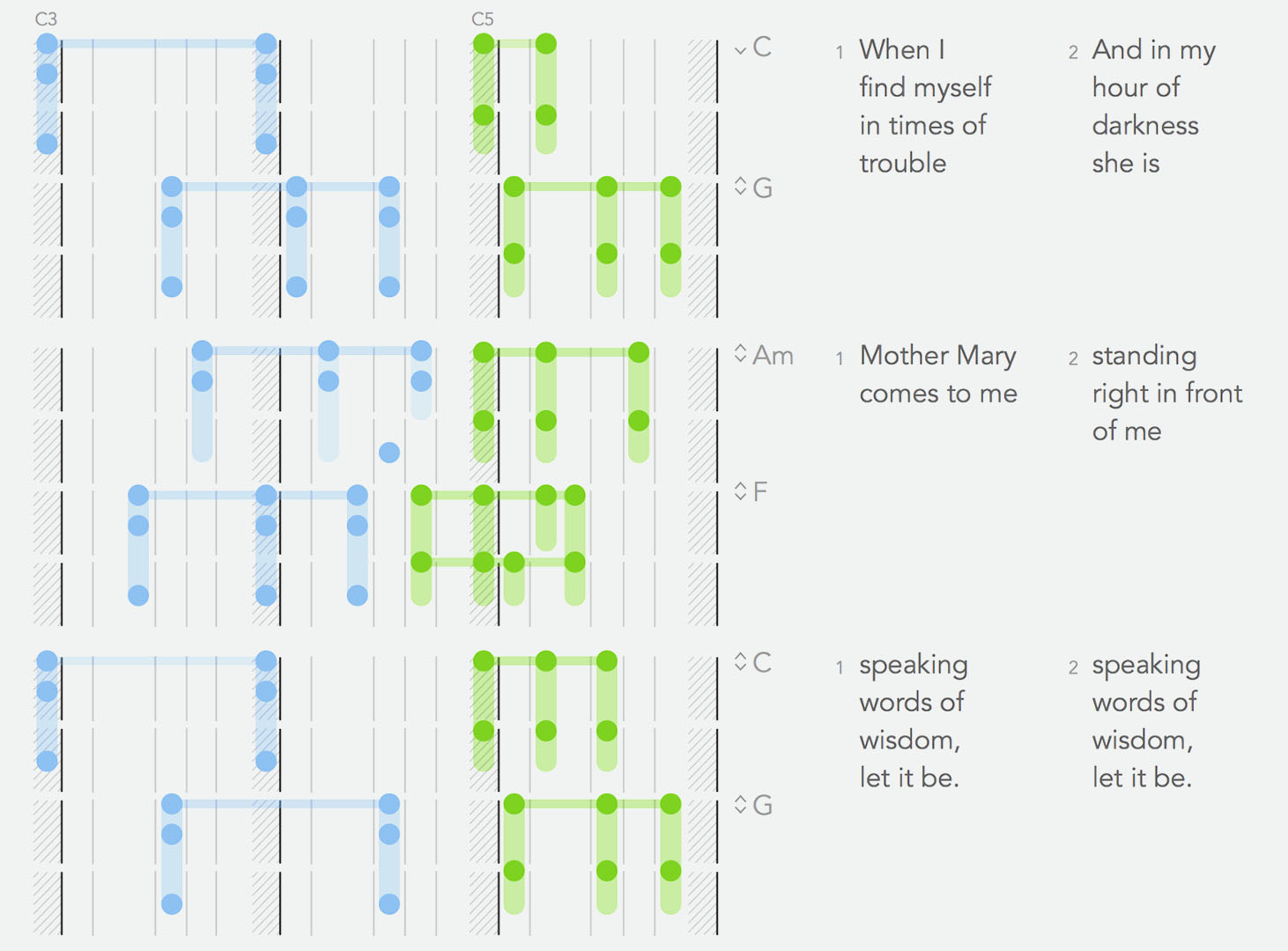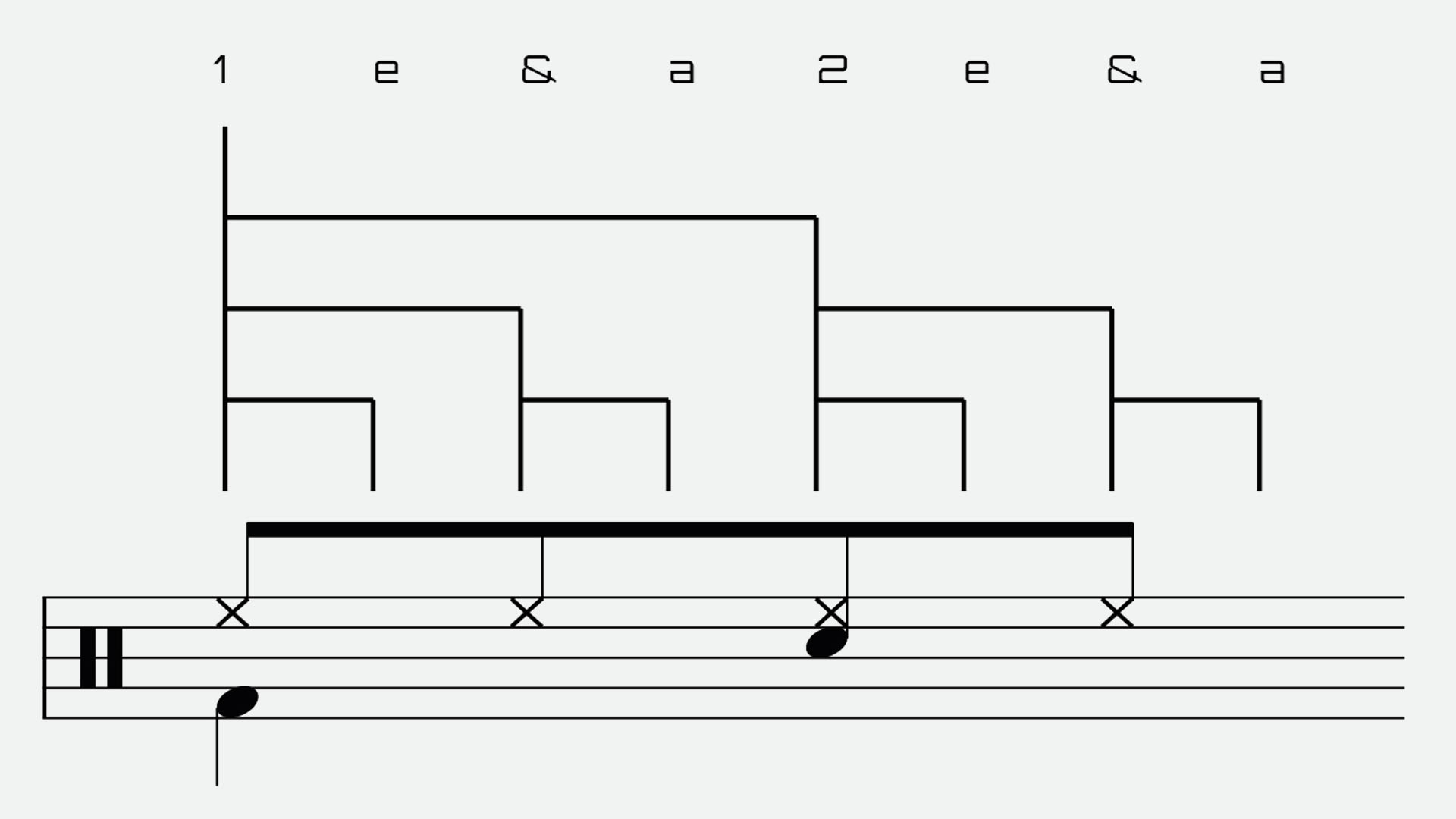
The system of writing music that we use today has its origins in the 15th century, when composers started to use different symbols to indicate the duration of each note in a piece. This was called mensural notation, and it allowed for the creation of complex musical textures with multiple voices or parts. Mensural notation was a significant development in the history of music, as it enabled the expression of rhythmic and harmonic variety in musical compositions.
Philippe de Vitry was a French composer, poet, bishop and music theorist who lived in the fourteenth century. He is widely regarded as the founder of the Ars Nova style of late medieval music, which introduced new innovations in rhythmic and mensural notation. He wrote a treatise called Ars Nova notandi, which explained the principles of his new art and influenced many composers of his time, such as Guillaume de Machaut.
Since then, music notation developed only marginally. I am wondering why that is. I supose changing established systems is not impossible, but rather a natural process of evolution and adaptation. Music notation reflects the musical ideas and practices of each historical period, and it changes as those ideas and practices change. For example, the Ars Nova notation was developed to express more complex rhythms and polyphony than the previous Ars Antiqua notation. Similarly, modern notation has evolved to accommodate new musical genres and technologies. Therefore, I do not see music notation as a fixed system, but rather as a flexible tool that can be modified and improved according to the needs and preferences of musicians.
Is changing established systems is a hopeless endeavor, especially if they have been in place for centuries. One could assume that such systems are too entrenched and powerful to be challenged or reformed. However, this is not necessarily true. Changing established systems is not impossible, but rather difficult. It requires a lot of courage, creativity, and persistence from those who seek change. It also requires a clear vision of what the alternative system would look like and how it would benefit. Changing established systems is not a matter of overnight revolution, but rather a process of gradual transformation that involves many actors and factors. It is not easy, but it is possible.
Reading “How I’d redesign piano sheet music” by Alex Couch, reminded me of the challenge I have teaching students to read music. I find it a great idea to think in different directions.
I think that it is important to be open-minded and creative when it comes to teaching music reading. Different cultures and methods have different ways of representing music visually, and with the rise of “the image culture” in our society, it might be time to rethink and update some of the common methods we use.
Drum Set Music Notation
In drum-SET (classical percussion is another story) notation e.g. we indicate when we hit a surface. Unlike other musical instruments, drums do not produce notes with specific durations. Instead, they create sounds by striking different surfaces, such as drumheads or cymbals. Therefore, drum notation does not follow the same rules as music notation for other instruments. Drum notation only shows when and what to hit, not how long the sound is. It is impossible to mute a drum or a cymbal after hitting it at a certain speed. If judged by music notation rules, drum-SET notation is incorrect.
Crash Cymbal Wave

Recorded Drum Set

Indication when sounds start and stop based on the recording

Drum Notation based on when sounds start and stop

Drum Notation

Drum Notation cleaned up

Using a grid

Using a piano roll



